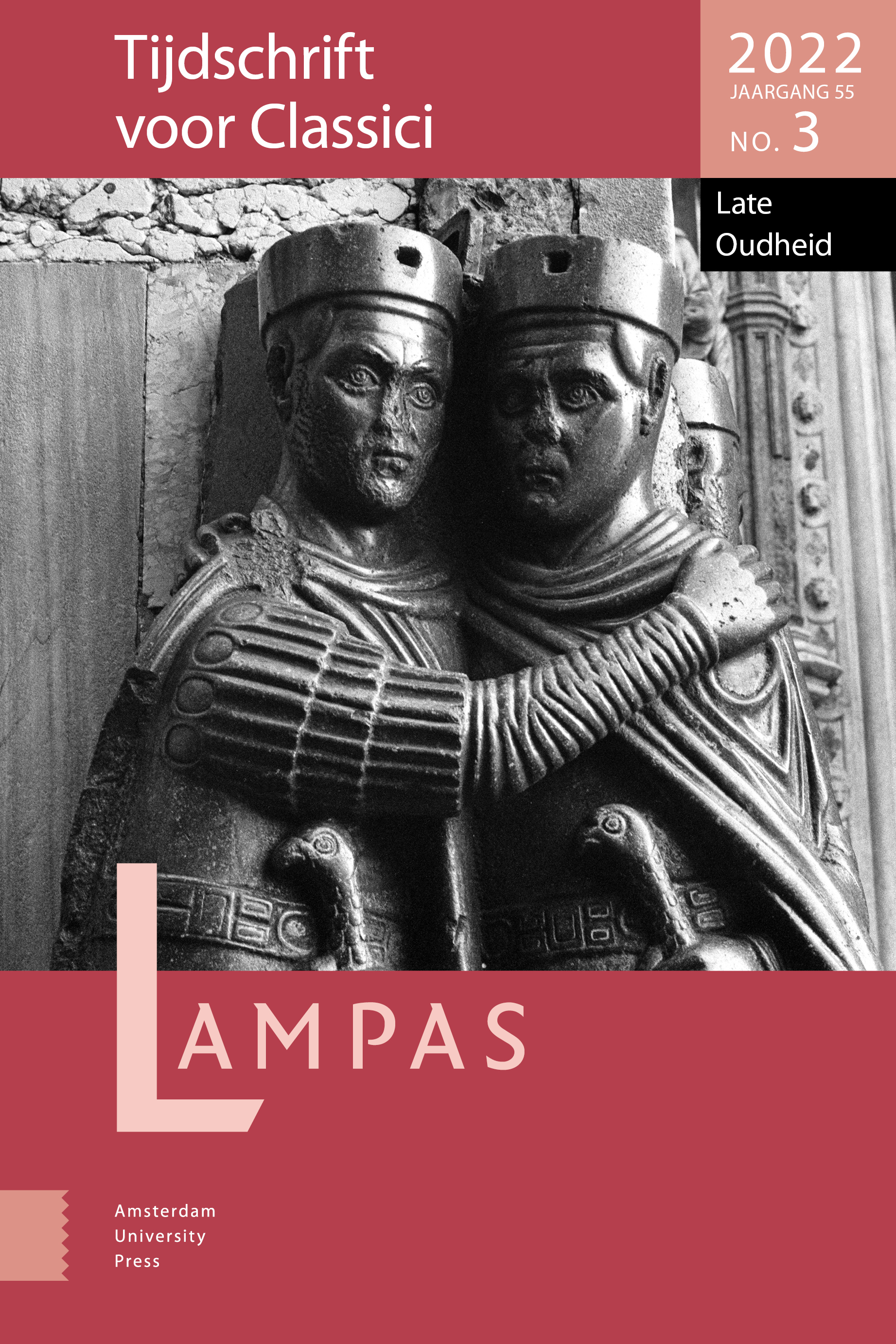-
oa Brood en vlees
De rol van de agrarische samenleving in de limeszone bij de bevoorrading van militairen en burgers
- Amsterdam University Press
- Source: Lampas, Volume 53, Issue 2, Jun 2020, p. 241 - 258
Abstract
This paper presents the current state of knowledge on food supply to the Roman Limes, vici and towns in the Netherlands – based on archaeobotanical and archaeozoological research – and the role of the local countryside. For the first century AD, several areas of origin for the food can be established. Cereals were imported, but also supplied from the regions adjacent to the Rhine; pulses and oil seeds may have been sourced locally. Cattle were both imported and obtained locally. Population density in the countryside was low and farmers were not used to structurally producing surplus food. In the earliest phase, the army probably requisitioned cattle and raised pigs and chickens. From the late first century, supply was organised better and the local farmers supplied more of the cereals and meat required by the army, vici and towns. However, certain cereals were still imported. Orchards and vegetable gardens were located near the towns, where chickens were also raised. Throughout the Roman period, wild fruits and hazelnuts could be gathered and game, wild birds and fish hunted by consumers. Saltwater fish and seashells indicate trade with coastal regions. Wine, olive oil, fish sauce, preserved fruits, pine nuts, preserved meat and fish were imported from other provinces.


